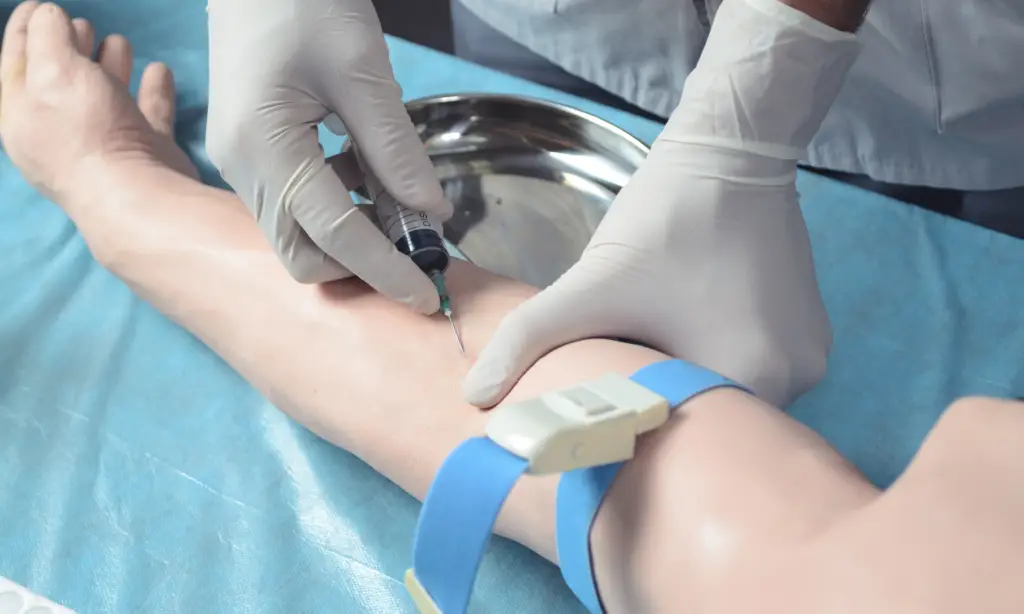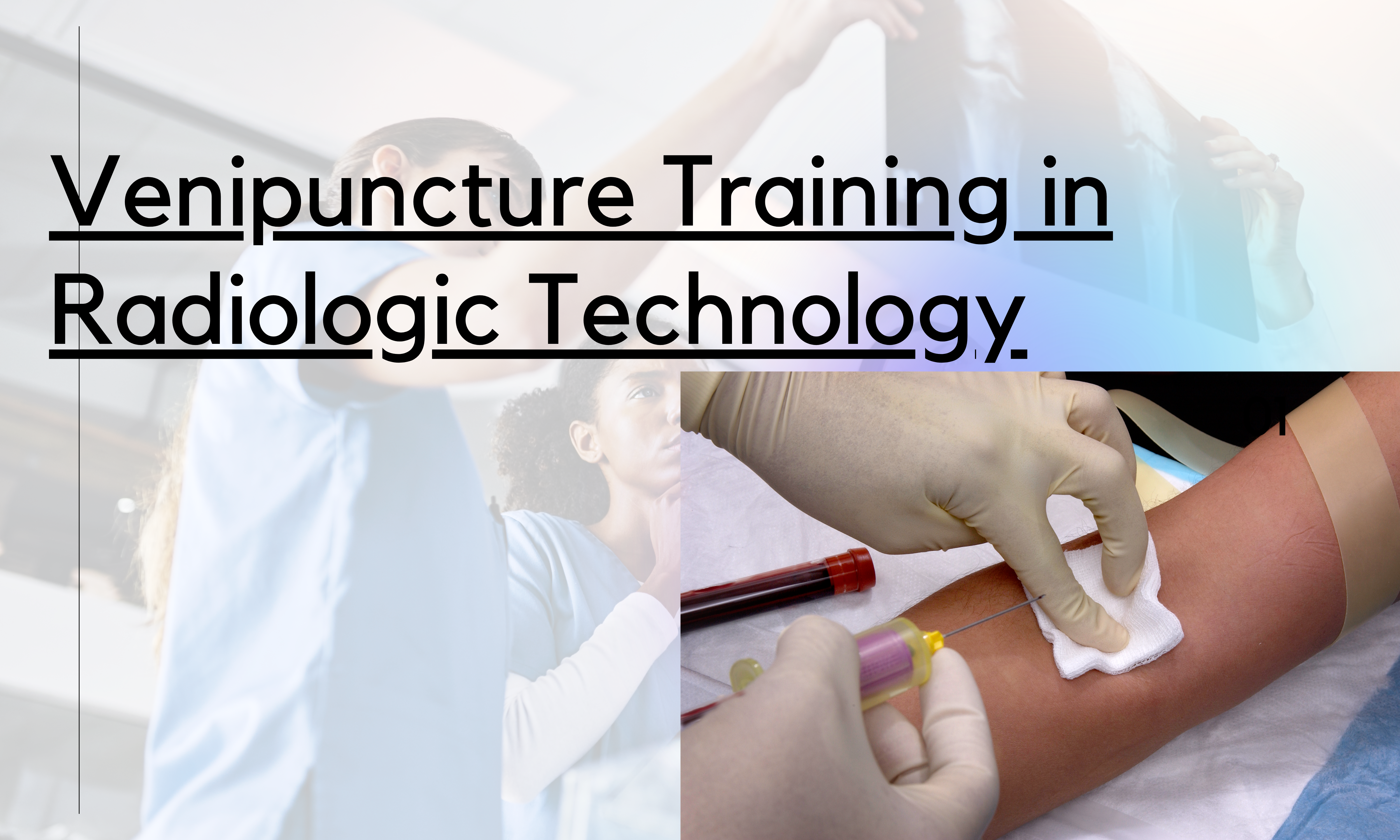Venipuncture, the medical procedure of drawing blood from a vein, is an essential skill in numerous healthcare sectors, including radiologic technology.
This knowledge holds significant value for both beginners and seasoned professionals within the radiologic field.
A Glimpse into Training Techniques
A recent engagement with radiologic technologists noted that there’s a vast range of experiences when it comes to venipuncture training within radiologic technology programs.
Several training techniques and some programs incorporate practice on mannequin arms or simulators. This provides a safe space for learners to sharpen their strategies. In contrast, some other programs introduce added realism by allowing trainees to practice with their peers.
The Importance of Experience
As emphasized by many respondents, gaining experience is a fundamental part of mastering venipuncture. Obtaining real-world practice is crucial for those keen on specializing in fields like CT scans, where initiating IVs is more common.
Several respondents recommend seeking other voluntary experience in high-frequency environments like emergency rooms. This approach offers more practice opportunities, enhancing proficiency and self-assuredness in executing venipuncture.
Graduation Prerequisites
Surprisingly, specific programs mandate students to perform a specified number of venipunctures before graduation successfully. This not only confirms students’ competency but also contributes to patient safety in the long term.
However, guidelines concerning practicing on actual patients during clinical placements differ significantly. Therefore, students must understand these regulations early during their clinical rotations.
State Regulations Impacting Venipuncture Practice
State regulations also have a substantial impact on venipuncture practice. For instance, in California, radiologic technologists must demonstrate a particular number of successful venipunctures in the field before they’re allowed to perform the procedure independently.
These competencies must be reiterated at every new facility, ensuring skill consistency across different settings.
Dividing Duties in Healthcare
Lastly, there’s ongoing debate regarding allocating duties among different healthcare professionals. Some respondents voiced that venipuncture should primarily be a nurse’s responsibility, while others underscored the need for radiologic technologists to acquire this skill.
As radiologic technology keeps evolving, skills like venipuncture will also continue to gain importance. Educational programs must stay aligned with these changes, modifying their training to suit industry needs and patient care.

Conclusion
Venipuncture training remains a pivotal part of many radiologic technology programs. Despite the varied training techniques and requirements, one thing stands out: the skill is highly valued and often necessary for professionals in the field.
Therefore, aspiring radiologic technologists must seize opportunities to learn and hone this significant skill.

